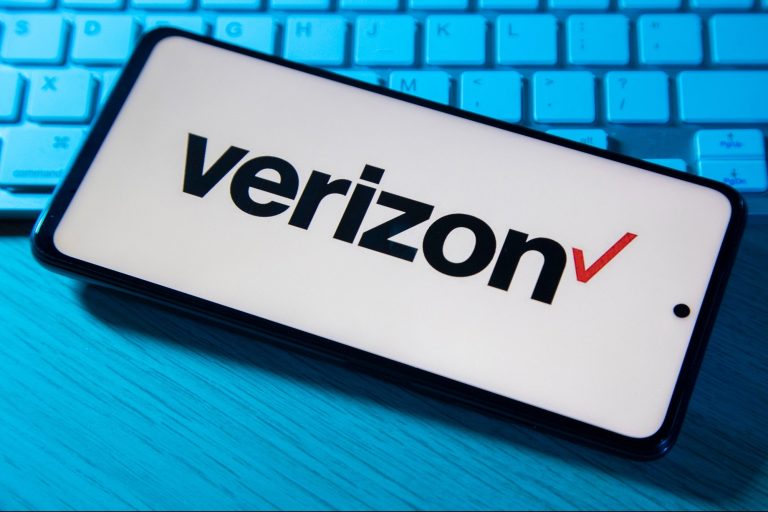Urgent care centers have become an essential part of the healthcare system, providing immediate medical attention for non-life-threatening conditions. However, the billing for urgent care services can be complex and confusing for patients. This comprehensive guide aims to shed light on the intricacies of urgent care billing, empowering patients to understand and navigate the process effectively.
Contents
Understanding Urgent Care Billing
Urgent care billing involves several key components, including:
- Evaluation and Management (E/M) Codes: These codes reflect the complexity of the medical services provided, ranging from simple office visits to more extensive procedures.
- Procedure Codes: These codes identify specific medical procedures performed during the visit, such as wound care or X-rays.
- Facility Fees: Urgent care centers charge facility fees to cover the costs of maintaining the facility, equipment, and staff.
- Professional Fees: These fees cover the services provided by the healthcare professionals, such as physicians and nurses.
Factors Affecting Urgent Care Costs
Several factors can influence the cost of urgent care services, including:
- Type of Services Rendered: The complexity and extent of the medical services provided directly impact the overall cost.
- Insurance Coverage: The patient’s insurance plan plays a crucial role in determining out-of-pocket expenses.
- Location: Urgent care centers in different geographic locations may have varying fee structures.
- Time of Visit: Some urgent care centers may charge additional fees for visits during off-hours or weekends.
Navigating the Billing Process
1. Pre-Visit Preparation:
- Insurance Verification: Contact your insurance provider to confirm your coverage for urgent care services and understand your copayment, deductible, and coinsurance obligations.
- Estimate Costs: Inquire about the estimated costs for the specific services you anticipate needing.
2. During the Visit:
- Provide Accurate Information: Ensure the urgent care center has your correct insurance information and any relevant medical history.
- Clarify Billing Concerns: Address any billing questions or concerns you may have before leaving the facility.
3. Post-Visit Follow-Up:
- Review the Bill Carefully: Scrutinize the bill for accuracy, ensuring all charges are legitimate and correspond to the services received.
- Contact the Billing Department: If you have any questions or discrepancies regarding the bill, reach out to the urgent care center’s billing department for clarification.
- Negotiate Payment Plans: If you are unable to pay the bill in full, explore the possibility of setting up a payment plan with the billing department.
Tips for Managing Urgent Care Costs
- Consider In-Network Providers: Utilize urgent care centers within your insurance network to minimize out-of-pocket expenses.
- Compare Prices: If possible, compare the costs of different urgent care centers in your area before seeking treatment.
- Maintain Accurate Records: Keep copies of all medical bills, insurance statements, and communication with the billing department.
- Seek Financial Assistance: If you are facing financial hardship, inquire about financial assistance programs or charity care options offered by the urgent care center.
Common Billing Issues and How to Resolve Them
- Incorrect Coding: If you notice any errors in the coding on your bill, contact the billing department immediately for correction.
- Surprise Bills: If you receive unexpected bills for services you believed were covered by your insurance, reach out to both your insurance provider and the urgent care center to investigate the issue.
- Balance Billing: In certain situations, you may be balance billed for the difference between the amount charged by the urgent care center and the amount your insurance is willing to pay. Familiarize yourself with your state’s balance billing laws and regulations.
The Role of Technology in Urgent Care Billing
Technological advancements are revolutionizing the billing for urgent care services, streamlining the process and enhancing transparency for patients. Electronic health records (EHRs) enable seamless transfer of patient information, reducing errors and delays in billing. Online portals allow patients to access their medical records, view bills, and make payments conveniently. Furthermore, innovative billing software solutions are automating various aspects of the billing process, improving efficiency and accuracy.
The Future of Urgent Care Billing
As the healthcare landscape continues to evolve, the billing for urgent care services is expected to undergo further transformations. Price transparency initiatives are gaining momentum, empowering patients to make informed decisions about their healthcare. Value-based care models are shifting the focus from volume to quality, incentivizing providers to deliver cost-effective care. Moreover, the integration of artificial intelligence (AI) and machine learning (ML) technologies holds the potential to optimize billing processes, detect fraud, and enhance patient satisfaction.
Conclusion
Billing for urgent care services can be a daunting task, but with the right knowledge and preparation, patients can navigate the process confidently. By understanding the key components of urgent care billing, proactively managing costs, and addressing any billing issues promptly, patients can ensure a smooth and transparent experience. As technology continues to advance, the future of urgent care billing holds the promise of greater efficiency, transparency, and patient empowerment.
Read More: Washington DC Business Insurance: Protecting Your Capital Enterprise





